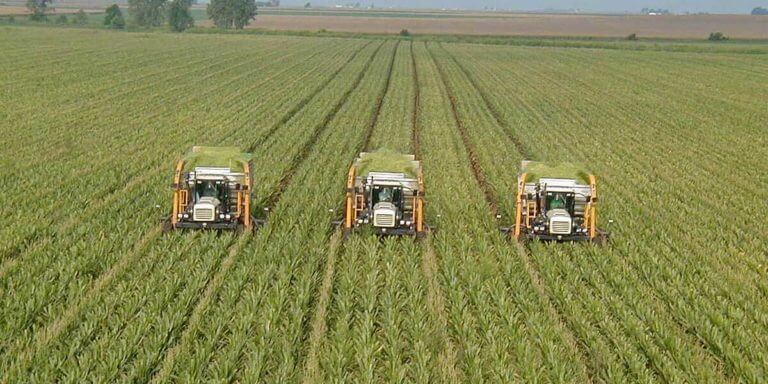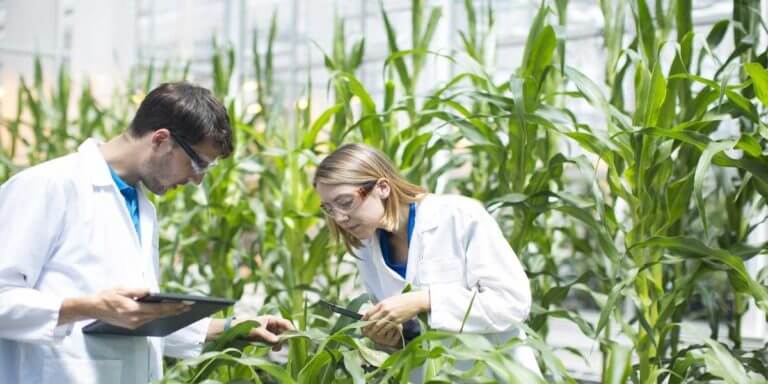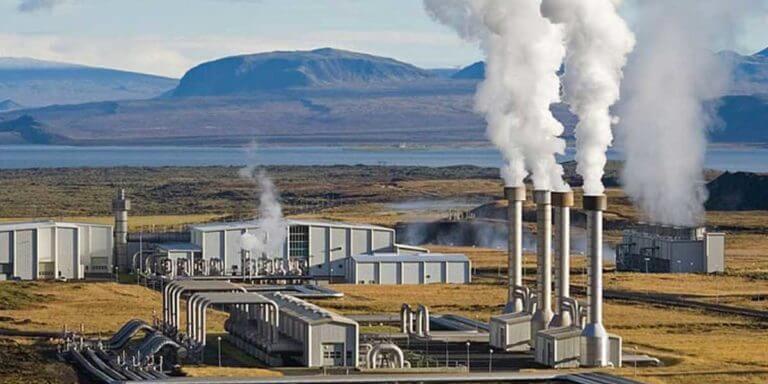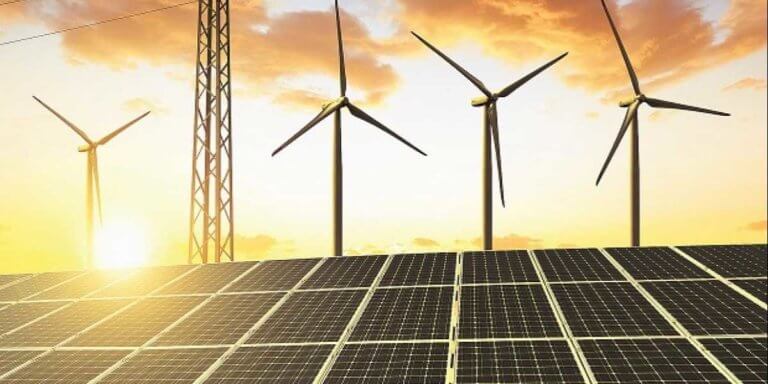Interesting Facts About Biomass
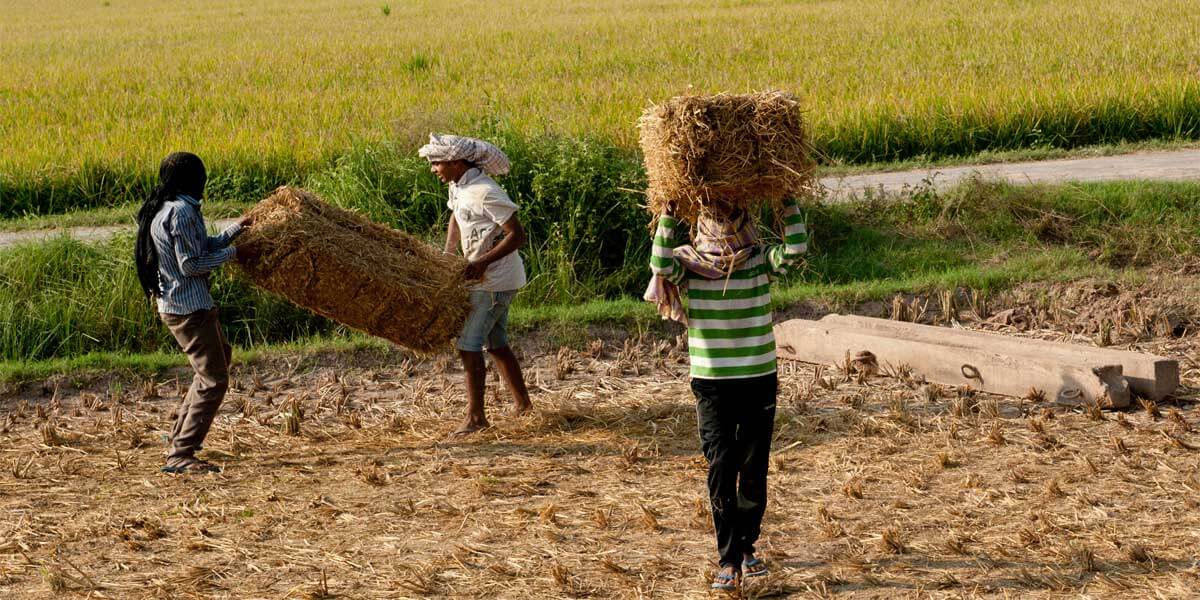
Biomass sounds like a complicated word; however, it truly isn’t. Biomass is simply any product made by plants and animals that we can convert into energy. Biomass has energy stored in it from the sun.
Plants get energy from the sun through a process called photosynthesis. Animals get their energy indirectly from the sun by consuming plants.
Biomass energy is thought about a renewable energy source because we can constantly grow more plants and trees. It is not an unlimited resource, nevertheless, as there is only a lot of land and water to grow plants. Main Kind Of Biomass Energy Biomass Energy is available in numerous shapes and kinds.
Most of the biomass energy in the United States originates from wood. Other popular kinds of biomass consist of crops such as corn, manure, and even garbage.
How Do We Get Power From Biomass?
Burning: One way to launch the energy from biomass is to burn it. The heat from burning biomass can be utilized to heat homes or to develop steam which can then create electrical energy.
One example of this is burning a fire in your house. You burn the wood, which is the biomass, and it releases energy which warms your house.
Methane gas: When biomass decays, it produces methane gas. In fact, methane content of raw biogas can be anywhere between 40-60%. Methane gas can be used to make gas which is a typical source of energy. This suggests that when trash decays in landfills, that stinky gas can be utilized for energy!
Biofuels: Some crops, like corn and sugar walking cane, can be transformed into a biofuel called ethanol. Ethanol can be utilized instead of gasoline in numerous vehicles.
Another type of biofuel is biodiesel. Biodiesel can be made from veggie oils and animal fats. Biodiesel can be used as heating oil and also to power cars and busses.
History Of Biomass Energy
Biomass has been utilized as a source of heat because guy first found fire. Lots of people around the world still burn wood as their primary source of heat throughout the winter. Making use of biofuels such as ethanol has been around for some time also. It was used as light fuel in the United States in the 1800s.
The very first Model-T Fords used ethanol for fuel till 1908. Recently, biomass and biofuels have become popular as an alternative to fossil fuels such as gasoline.
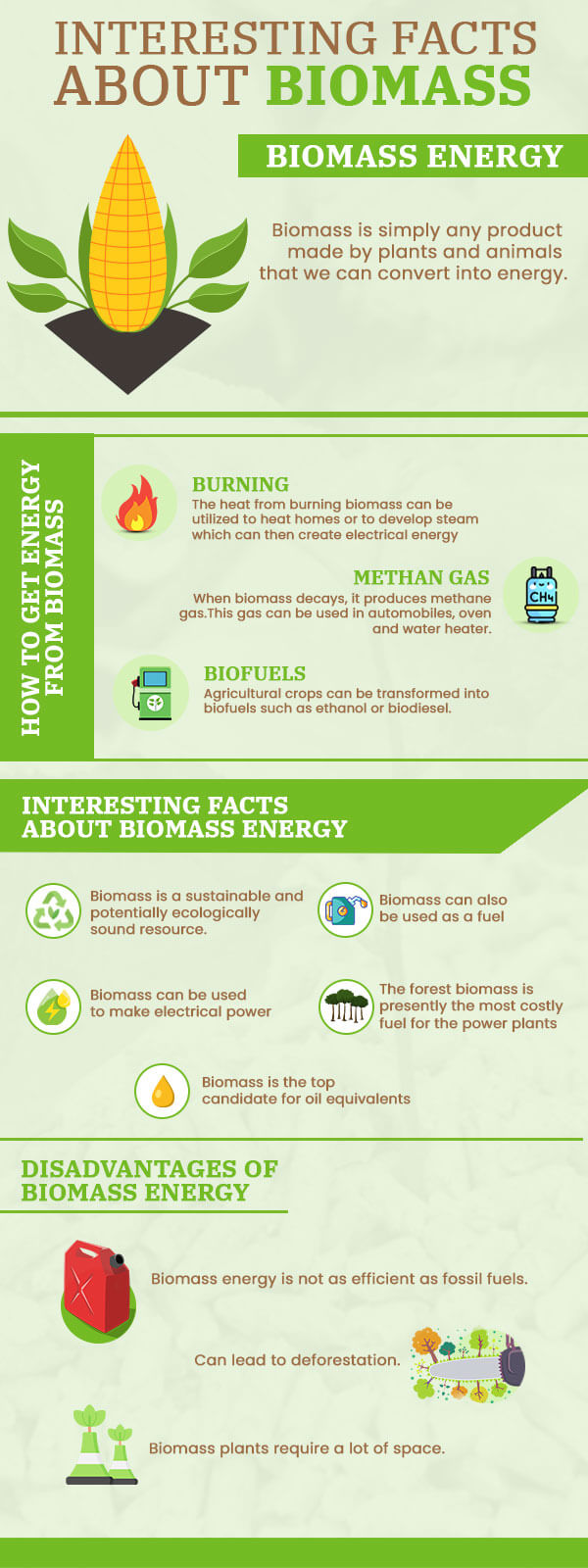
Are There Any Disadvantages To Biomass Energy?

With all of these uses, surely biomass has no major disadvantage right?
Well, that is not true, so how does biomass affect the environment? Some of the negatives to utilizing biomass energy consist of Air pollution from burning Releasing green home gasses such as carbon dioxide into the atmosphere Burning garbage and waste can release damaging chemicals and gasses into the environment.
The land cleared for growing corn and sugar cane can decrease habitats and destroy communities. The land utilized for growing biomass might be utilized to grow other crops for food Growing biomass can use fertilizers and other chemicals that can trigger water pollution.
Despite all the negatives related to biomass energy, many people think that it is a better and cleaner option than burning fossil fuels such as oil and coal.
Facts About Biomass Energy

1. Anything that lives can be considered as a Biomass, all plant and animal matter present on the Earth’s surface can be called biomass.
2. Biomass is energy from the sun that is stored by plants in their roots and leaves. This energy is then transferred to animals when they eat plants. The energy is transferred to all living beings through the food chain.
3. Biomass energy is sustainable, which implies we can make more biomass in a short time. We can always grow more plants.
4. What do we use biomass for? Biomass can be used to make electrical power. Numerous towns burn their trash in waste-to-energy plants. Rather of putting the trash in landfills, they burn it to make electrical power.
5. An energy-rich gas known as biogas can be made from biomass. Biogas resembles the gas we use in our ranges and heaters.
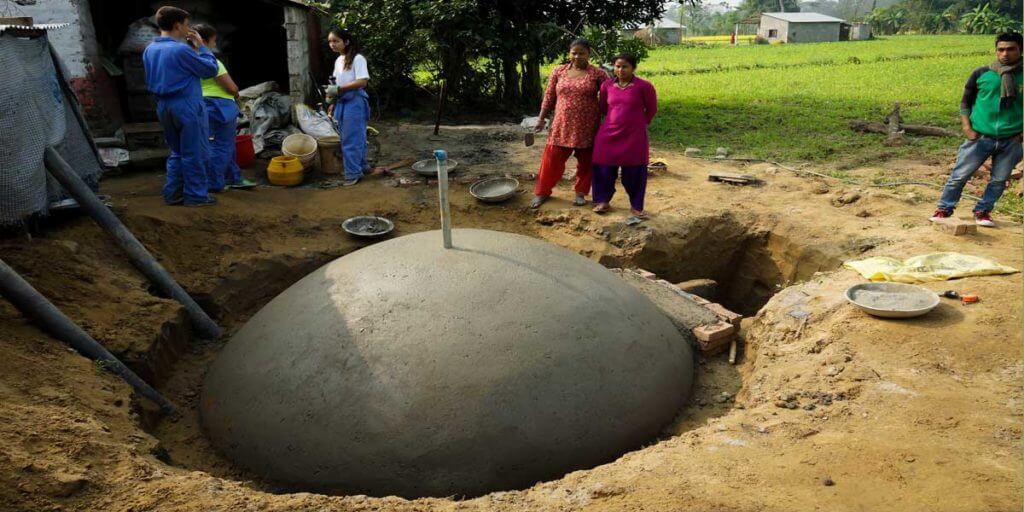
6. Biomass can also be used as a fuel. Corn and wheat can be converted into ethanol which is a fuel like some other alcoholic gasses.
7. Biomass is a part of the carbon cycle. Carbon present in the atmosphere is converted into the biological matter during the process of photosynthesis.
8. Biomass is a sustainable and potentially ecologically sound resource.
9. Biomass is thought about to be one of the crucial renewable resources of the future at both little- and large-scale levels. It currently provides 14 % of the world’s primary energy consumption. Find more on this in this PDF.
10. With increases in population and per capita need and depletion of fossil-fuel resources, the need for biomass is anticipated to increase rapidly in developing countries.

11. Growth of biomass is a labour-intensive activity which can help rural parts of the country and can prevent the rural-urban migration from growing.
12. Drawing out energy from biomass is an ancient practice, going back to when people very first scorched wood to offer heat and light.
13. The majority of biomass is in solid type, but it can likewise be a liquid. Biomass usually consists of an intricate polymer of carbon, hydrogen and oxygen with percentages of nitrogen and inorganic elements.
14. Unlike oil, coal, gas and other fossilized materials, biomass is a fresh product that can be grown and gathered again.
15. Modern biomass is utilized to produce power and heat in large-scale facilities: strong biomass, biogas, biofuel or biodiesel.
16. Utilizing biomass as a fuel implies that carbon dioxide (CO2) which was absorbed from the air while the plant was growing, is launched back into the air when the fuel is burned. The system is said to be carbon neutral.
17. Biomass power or biopower is using biomass to create electricity, or heat and steam needed for the operation of a refinery. Biopower system technologies include direct-firing, cofiring, gasification, pyrolysis, and anaerobic digestion.
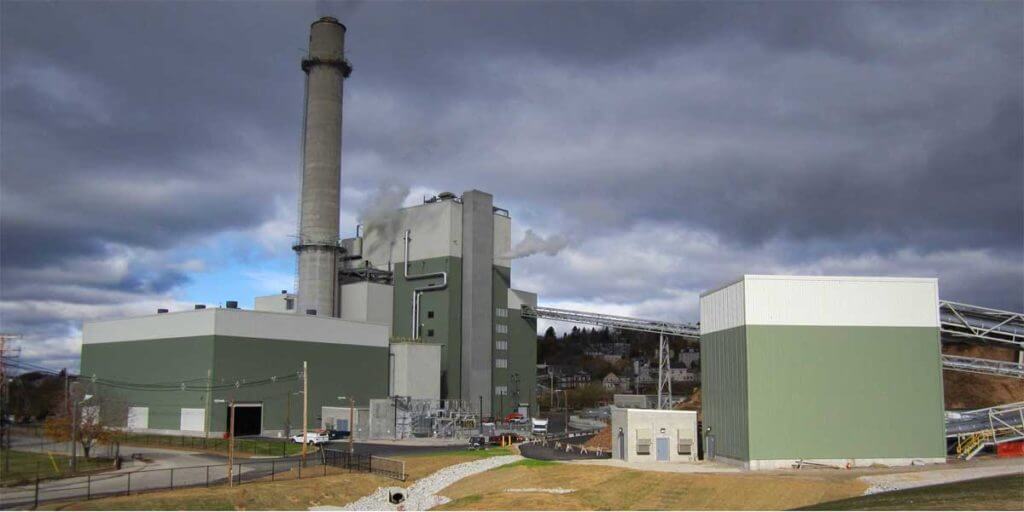
18. The forest biomass is presently the most costly fuel for the power plants, and the market structure will not support transportation of much more than 50 miles from the forest to the biomass powerplant.
19. Example of biomass energy usage in the US: Washington biomass is currently producing electricity, steam and fuels while creating tasks from clean, sustainable sources of energy.
20. Biomass is the top candidate for oil equivalents, and undoubtedly biodiesel has been getting more attention of late as a sustainable and low-net-carbon approach of fueling lorries.
21. Biomass is becoming progressively fascinating as a source of heating for rural districts. Biomass will be the most essential fuel for rural homes, particularly in their cooking and agriculture activities such as crop drying.
22. Like crude oil refining, it is expected that plant biomass will be fractionated into its different part, which will then be used for the production of a variety of fuels, products and fine chemicals.
23. According to trials occurring in Japan, if the biomass is going to be carried in from 200 km away, the amount of energy needed to transport the biomass is going to be larger than the energy that can be produced.
24. The manufacturing associated with biomass is going to take place where biomass occurs. Biomass takes place in rural areas suggesting more manufacturing jobs in rural areas.


